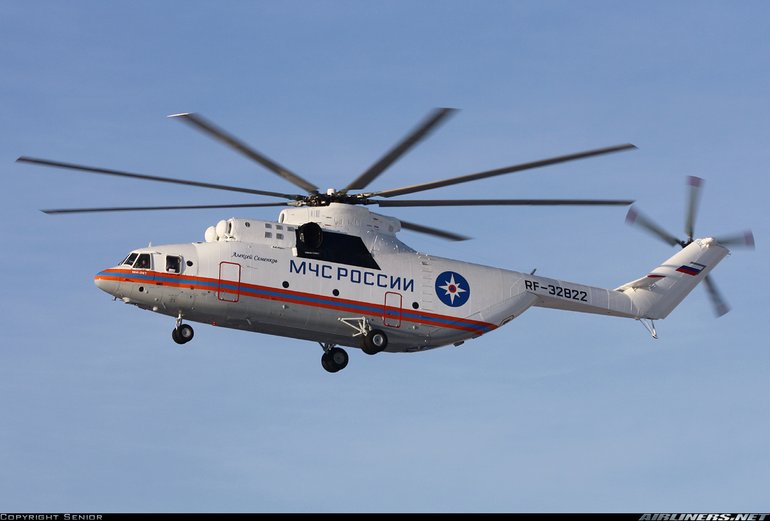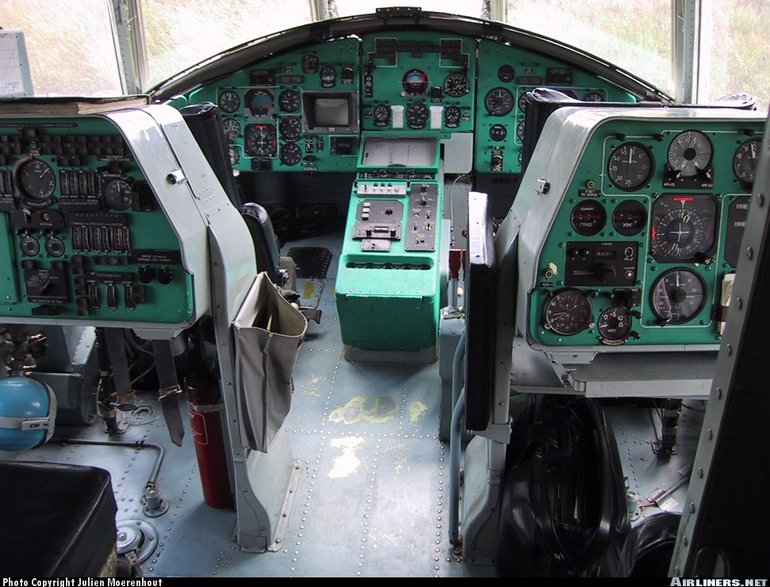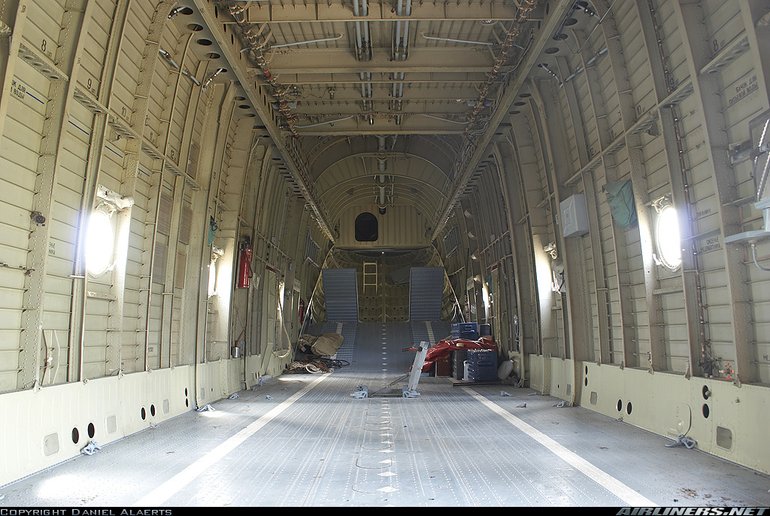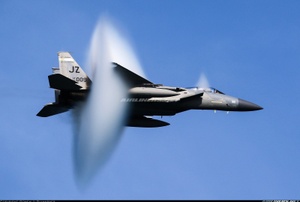Mil Mi-26
Details
Country of Origin
Russia
Type
Ultra heavy lift utility helicopter
History
Mil's Mi-26 is the largest helicopter in the world by a significant margin, with a maximum takeoff weight greater than that of the Fokker F-100, more than twice that of the Boeing Chinook and an internal freight hold close in size to that in the L-100 Hercules.
Development of the Mi-26 began in the early 1970s and resulted in a first flight on December 14 1977. Although mainly in military use, the original design requirement stated that the helicopter would be for civil use, and that it should have a maximum takeoff weight one and a half times that of any previous helicopter. Pre-production machines were built from 1980, production machines sometime after that. The first Mi-26s are understood to have become operational with the Soviet military during 1983.
The Mi-26 is notable for its eight blade main rotor, powerful 7457kW (10,000shp) D-136 turboshaft engines and massive size, and several civil versions have been developed or proposed. These include the basic freighter Mi-26T, Mi-26A with automated approach and descent avionics, Mi-26MS medevac version, Mi-26P 63 passenger airliner, Mi-26TM flying crane with undernose gondola to allow supervision of sling operations, and Mi-26TZ fuel tanker.
The improved Mi-26M is under development and features new 10,700kW (14,350shp) class ZMKB Progress D127 turboshafts, better hot and high performance, increased maximum payload, composite main rotor blades, improved aerodynamics and EFIS flightdeck.
The Mi-26 has been exported to several countries, mostly for military service. They were delivered to the Air Forces of e.g. Uzbekistan, Kazakhstan, Ukraine, Belarus, Peru, India, Cambodia, and Mexico.
Powerplants
Two 7457kW (10,000shp) ZMKB Progress (Lotarev) D-136 turboshafts driving an eight blade main rotor and five blade tail rotor.
Performance
Max speed 295km/h (160kt), typical cruising speed 255km/h (137kt). Service ceiling 15,100ft. Hovering ceiling in ground effect 14,765ft. Range with max internal fuel at max takeoff weight with reserves 800km (432nm), range with four auxiliary fuel tanks 1920km (1036nm).
Weights
Empty 28,200kg (62,170lb), normal takeoff 49,600kg (109,350lb), max takeoff 56,000kg (123,450lb).
Dimensions
Main rotor diameter 32.00m (105ft 0in), tail rotor diameter 7.61m (25ft 0in), length overall rotors turning 40.03m (131ft 4in), fuselage length 35.91m (117ft 10in), height to top of rotor head 8.15m (26ft 9in), height tail rotor turning 11.60m (38ft 1in). Main rotor disc area 804.3m2 (8657sq ft), tail rotor disc area 45.5m2 (489.5sq ft).
Capacity
Flightcrew of four comprising two pilots, flight engineer and navigator, plus loadmaster. Four seat passenger compartment behind flightdeck. Main cabin typically accommodates freight (max payload 20 tonnes/44,090lb), but can seat 63 passengers at four abreast. Firefighting version can carry 7500 litres (1650Imp gal/1980US gal) of fire retardant. Medical version comprehensively equipped with operating theatre and accommodation for stretcher patients and medical attendants.
Production
Approximately 300 built, mostly for military use.
Related Links
Mil Mi-26
The backbone of this section is from the The
International Directory of Civil Aircraft by Gerard Frawley
and used with permission. To get your own copy of the book
click here.




















